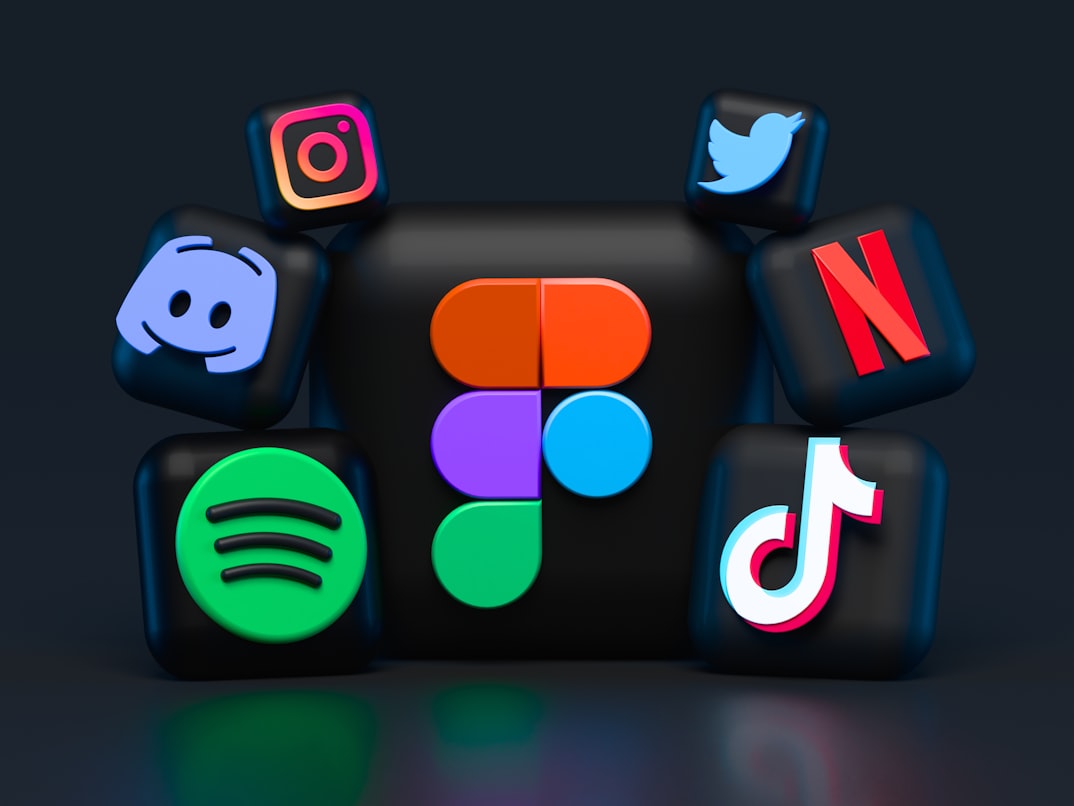📚 Table of Contents
- ✅ What Is the Creator Economy?
- ✅ Choosing Your Niche: The Foundation of Success
- ✅ Building Your Brand: Authenticity and Consistency
- ✅ Content Creation Strategies That Work
- ✅ Monetization Methods for Creators
- ✅ Audience Engagement: The Key to Growth
- ✅ Essential Tools and Platforms for Creators
- ✅ Scaling Your Creator Business
- ✅ Conclusion
Have you ever wondered how independent creators turn their passions into profitable careers? The creator economy is booming, offering endless opportunities for individuals to monetize their skills, creativity, and expertise. Whether you’re just starting or looking to refine your strategy, mastering the creator economy requires a mix of strategic planning, audience engagement, and smart monetization. In this guide, we’ll dive deep into actionable tips for beginners and pros alike.
What Is the Creator Economy?
The creator economy refers to the ecosystem where independent content creators, influencers, and entrepreneurs build businesses around their personal brands. Unlike traditional employment, creators leverage digital platforms like YouTube, TikTok, Substack, and Patreon to distribute content, engage with audiences, and generate revenue. This economy is powered by direct fan support, sponsorships, advertising, and digital products.
For example, a YouTuber might earn through ad revenue, affiliate marketing, and merchandise sales, while a writer could monetize through paid newsletters or e-books. The key advantage? Creators retain control over their work and income streams, allowing for scalability and flexibility.
Choosing Your Niche: The Foundation of Success
Selecting the right niche is critical in the creator economy. A well-defined niche helps you stand out, attract a dedicated audience, and establish authority. Here’s how to choose wisely:
- Passion & Expertise: Focus on topics you genuinely enjoy and have knowledge in. Authenticity resonates with audiences.
- Market Demand: Research trending topics using tools like Google Trends or BuzzSumo to identify gaps in the market.
- Competition Analysis: Study successful creators in your potential niche. What are they doing well? Where can you differentiate?
For instance, instead of a broad category like “fitness,” narrow it down to “home workouts for busy professionals” or “vegan bodybuilding.” Specificity increases your appeal to a targeted audience.
Building Your Brand: Authenticity and Consistency
Your personal brand is your identity in the creator economy. It encompasses your voice, visuals, and values. To build a strong brand:
- Define Your Unique Value Proposition (UVP): What makes you different? Maybe it’s your storytelling style, humor, or deep expertise.
- Visual Identity: Use consistent colors, fonts, and logos across platforms. Tools like Canva or Adobe Spark can help.
- Content Pillars: Stick to 3-5 core topics that align with your niche. This keeps your content focused and recognizable.
Take MrBeast, for example—his brand revolves around extravagant challenges and philanthropy, making his content instantly recognizable.
Content Creation Strategies That Work
Quality content is the backbone of the creator economy. Here’s how to create engaging material:
- Storytelling: People connect with narratives. Share personal experiences, case studies, or behind-the-scenes insights.
- Evergreen vs. Trending Content: Balance timely topics with evergreen material that remains relevant (e.g., tutorials, guides).
- Repurposing Content: Turn a YouTube video into a blog post, infographic, or podcast episode to maximize reach.
For example, a cooking creator might post recipe videos on YouTube, share quick tips on Instagram Reels, and compile them into a downloadable cookbook.
Monetization Methods for Creators
Diversifying income streams ensures financial stability. Here are proven monetization strategies:
- Ad Revenue: Platforms like YouTube and TikTok pay creators based on views and engagement.
- Sponsorships: Partner with brands for sponsored content. Rates vary based on audience size and engagement.
- Digital Products: Sell e-books, courses, or templates. Gumroad and Teachable are great platforms.
- Memberships: Offer exclusive content via Patreon or Substack subscriptions.
Case in point: Photographer Peter McKinnon monetizes through YouTube ads, presets, and premium tutorials.
Audience Engagement: The Key to Growth
Engaged audiences are loyal and more likely to support you financially. Boost engagement with these tactics:
- Interactive Content: Polls, Q&As, and live streams encourage participation.
- Community Building: Create a Discord server or Facebook group to foster deeper connections.
- Consistent Communication: Reply to comments and DMs promptly. Personal touches go a long way.
For example, Emma Chamberlain grew her audience by maintaining a relatable, conversational tone in her videos.
Essential Tools and Platforms for Creators
Leveraging the right tools can streamline your workflow. Here’s a curated list:
- Content Creation: CapCut (video editing), Descript (audio editing), Canva (graphics).
- Analytics: Google Analytics, YouTube Studio, or Instagram Insights to track performance.
- Monetization: Patreon (memberships), Ko-fi (donations), Shopify (merchandise).
Scaling Your Creator Business
Once you’ve established a foothold, consider scaling:
- Outsourcing: Hire editors or virtual assistants to handle repetitive tasks.
- Collaborations: Partner with other creators to tap into new audiences.
- Product Expansion: Launch physical merchandise, workshops, or consulting services.
For instance, Chloe Ting expanded from YouTube workouts to a full-fledged fitness app.
Conclusion
The creator economy offers limitless potential for those willing to put in the work. By choosing the right niche, building a strong brand, creating valuable content, and diversifying income streams, you can turn your passion into a sustainable career. Start small, stay consistent, and keep experimenting to find what works best for you.


Leave a Reply